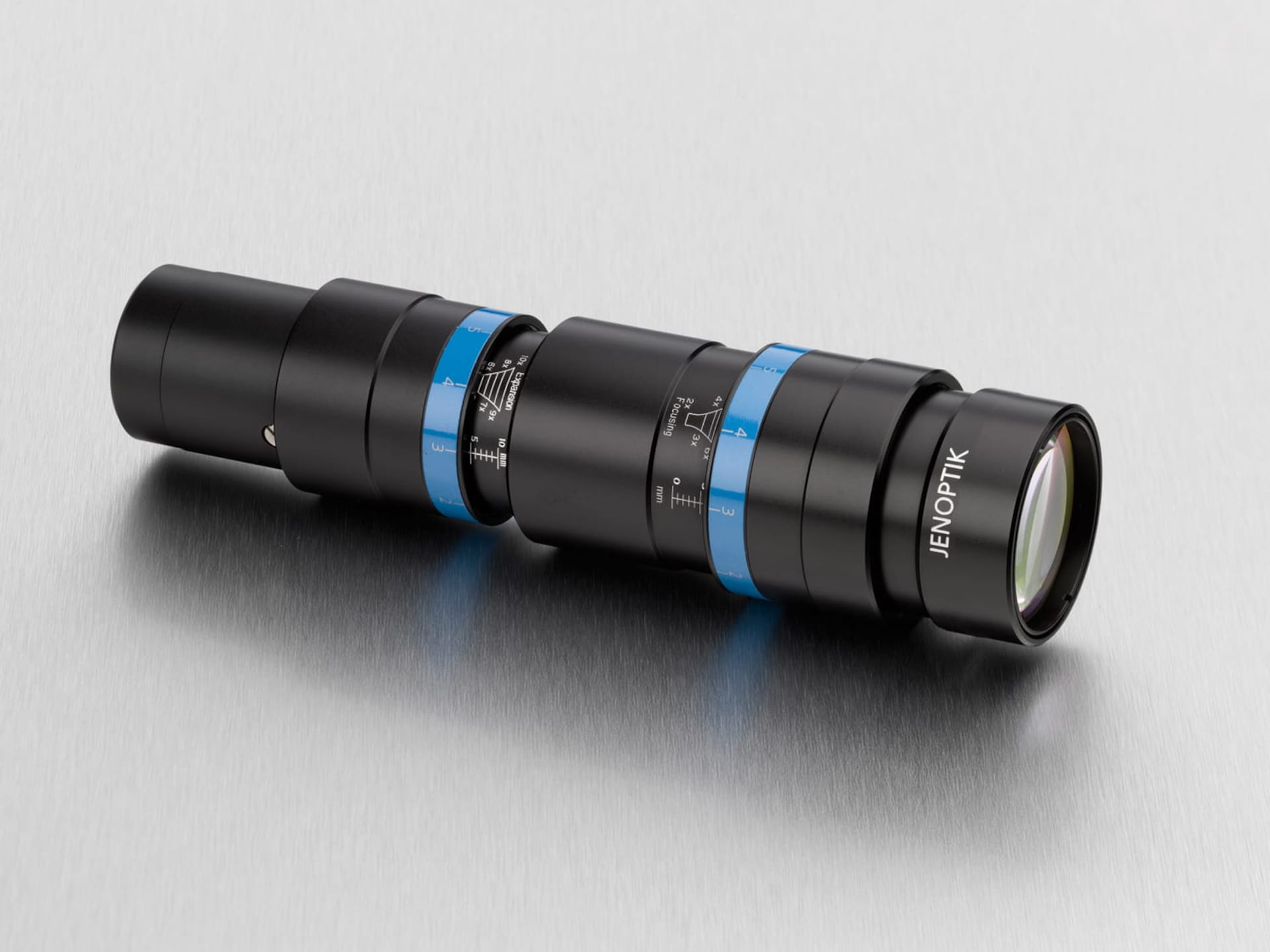Contents

Source: Jenoptik
Understanding Beam Expanders in Optics
Beam expanders are crucial components in the field of optics and laser technology. They are designed to modify the diameter of a light beam, which is essential for various applications, including long-distance transmission and focusing. This article explores the different types of beam expanders, their configurations, and their applications.
What is a Beam Expander?
A beam expander is an optical device that increases the diameter of a collimated beam. Collimated beams have a constant beam radius over a specific distance, and beam expanders are used to modify this radius to achieve reduced beam divergence. This allows for the beam to travel over longer distances without losing its intensity or focus.
Common Configurations of Beam Expanders
Beam expanders are typically realized as optical telescopes consisting of lenses or mirrors. The two most common configurations are the Keplerian and Galilean telescopes.
Keplerian Telescope
The Keplerian telescope configuration consists of two focusing lenses. The distance between these lenses is the sum of their focal lengths, creating a beam waist between the lenses. The beam radius is altered depending on the focal lengths of the lenses. For instance, if the second lens has twice the focal length of the first, the beam radius will be doubled.
Galilean Telescope
The Galilean telescope consists of a focusing lens and a defocusing lens, with the distance between them again being the sum of their focal lengths. However, one focal length is negative, which allows for a more compact design. This configuration is advantageous when space is limited.
Variable Beam Expanders
Variable beam expanders, also known as zoom expanders, allow for adjustable magnification within a certain range, such as 2× to 5× or 5× to 10×. These devices typically contain at least three lenses and include mechanisms to adjust the position of one or more lenses, enabling the user to fine-tune the beam expansion as needed.
Specialized Beam Expanders
One-Directional Beam Expanders
Using cylindrical lenses, beam expanders can be designed to work in only one transverse direction. Anamorphic prism pairs can also achieve this effect, which is useful in applications requiring asymmetric beam expansion.
Reflective Beam Expanders
For applications involving very high laser powers, reflective beam expanders are preferred. These use mirrors instead of lenses, reducing thermal effects and parasitic reflections. However, they may introduce some astigmatism due to the curvature of the mirrors.
Considerations for Beam Expander Usage
Input Beam Requirements
Beam expanders are designed for collimated beams within a specific range of beam radii. Using divergent beams can lead to clipping effects and prevent proper collimation. Understanding Gaussian beams is essential for effectively using beam expanders.
Wavelength and Optical Damage
To minimize optical power loss, lenses in beam expanders are coated with anti-reflection coatings, effective within a limited wavelength range. For pulsed laser applications, these coatings must also withstand high optical damage thresholds to prevent damage from misaligned high-power beams.
Beam Pointing Angles
Altering the beam radius affects the strength of beam pointing deviations. For example, doubling the beam radius reduces the angular changes in the output beam to half of those in the input beam, which is crucial for precision applications.
Conclusion
Beam expanders are versatile tools in optics, enabling the modification of beam diameters for various applications. Understanding their configurations, applications, and limitations is essential for optimizing their use in laser technology and other optical fields.
Source: iLaser
Feel free to comment your thoughts.



